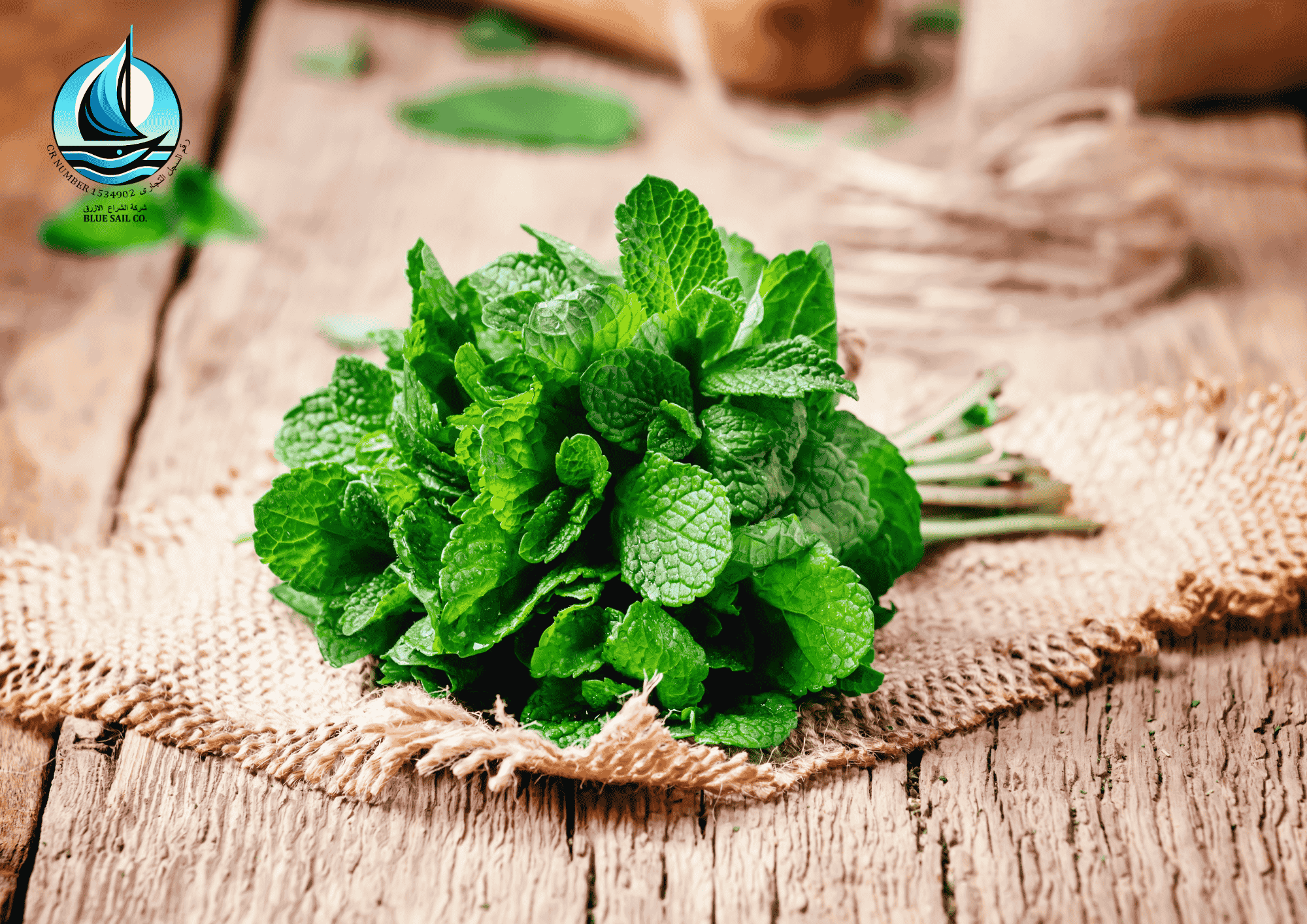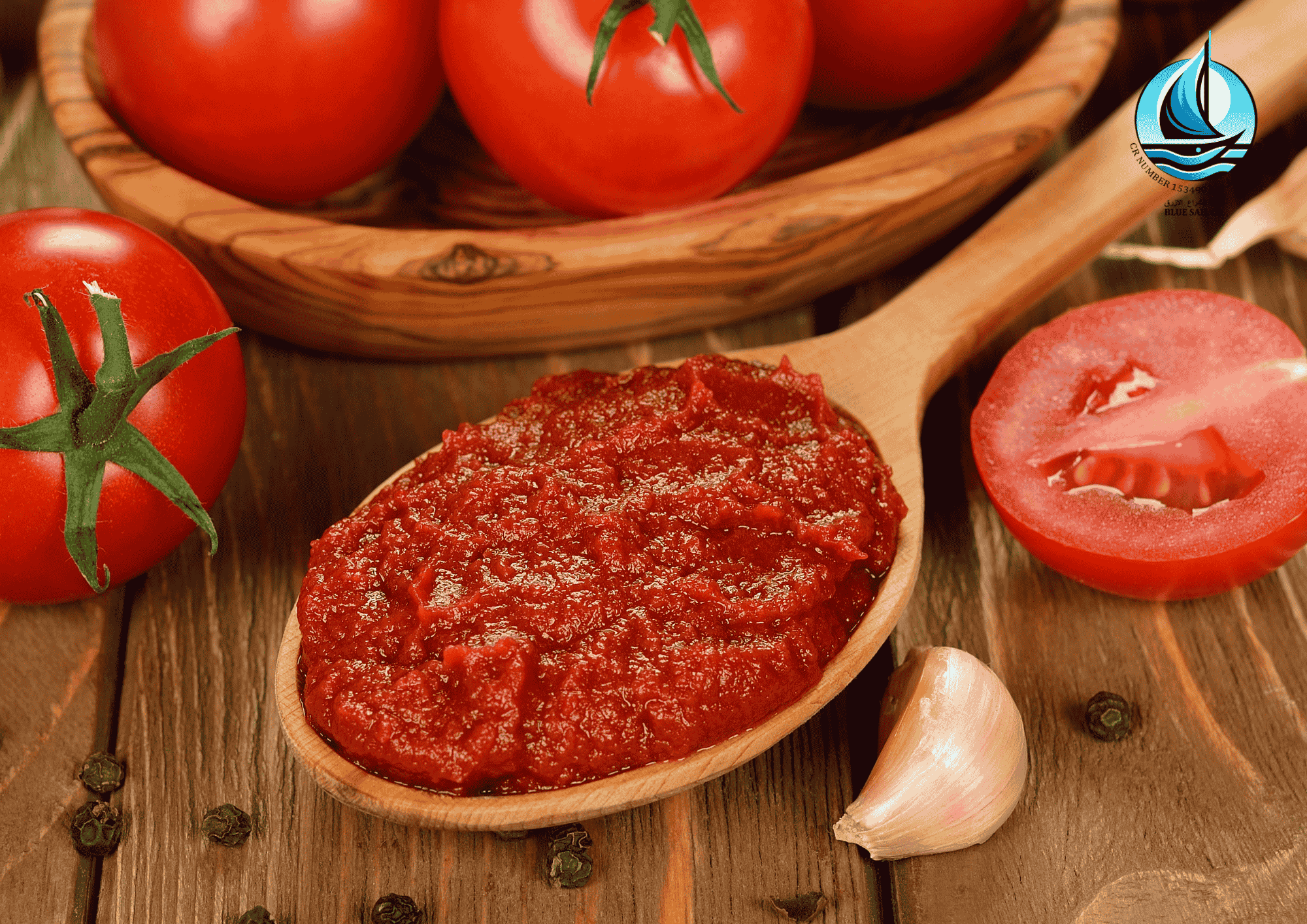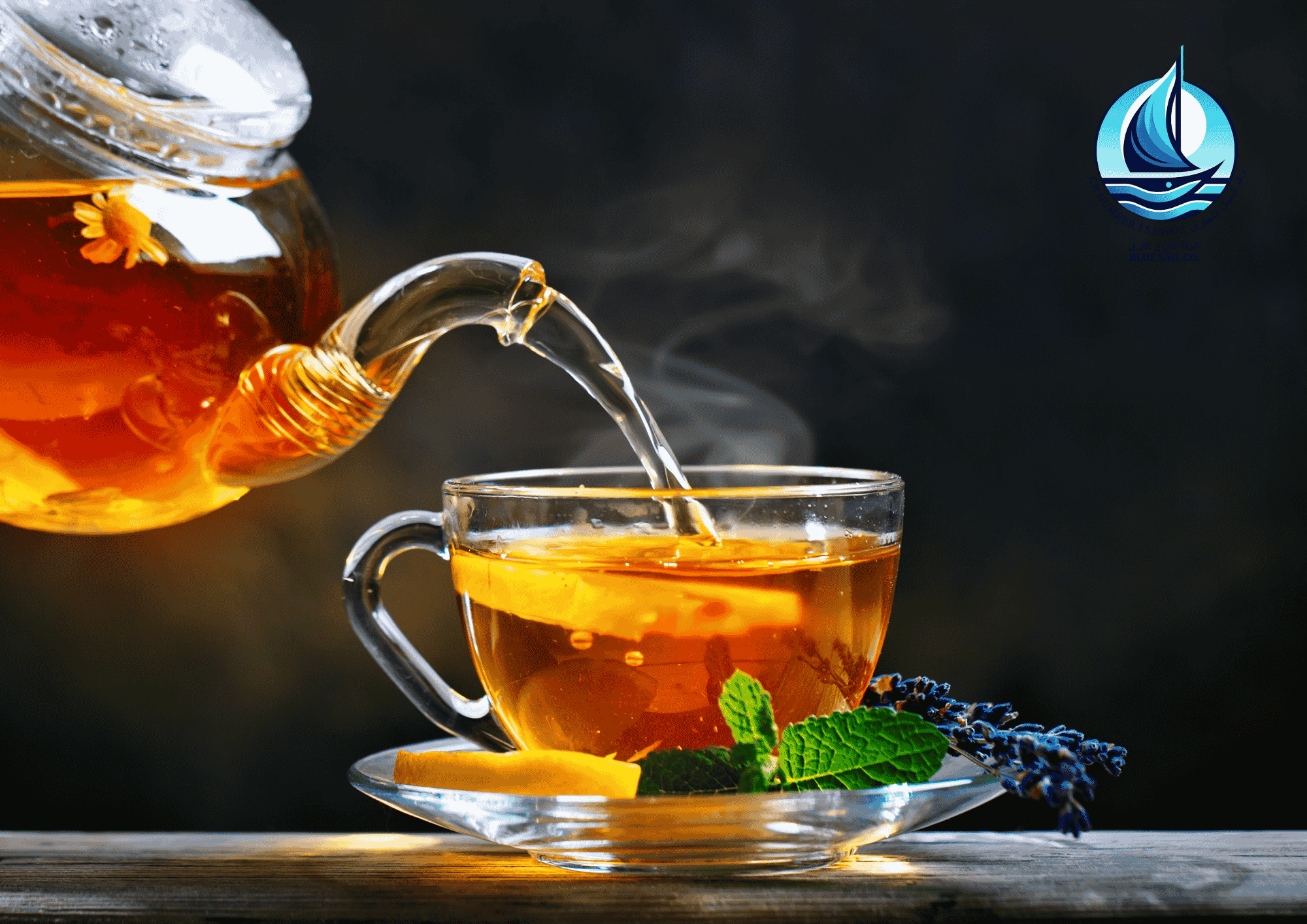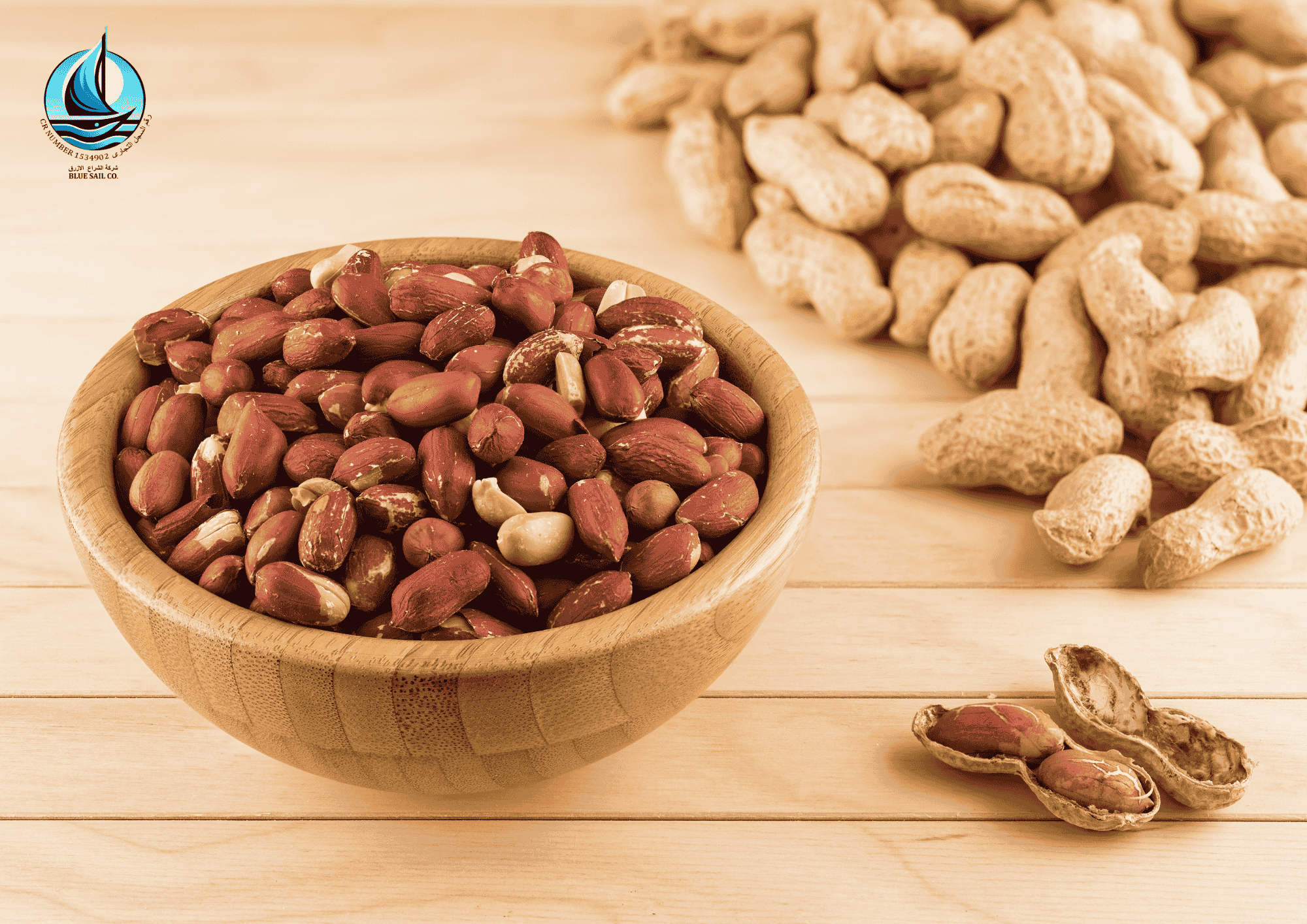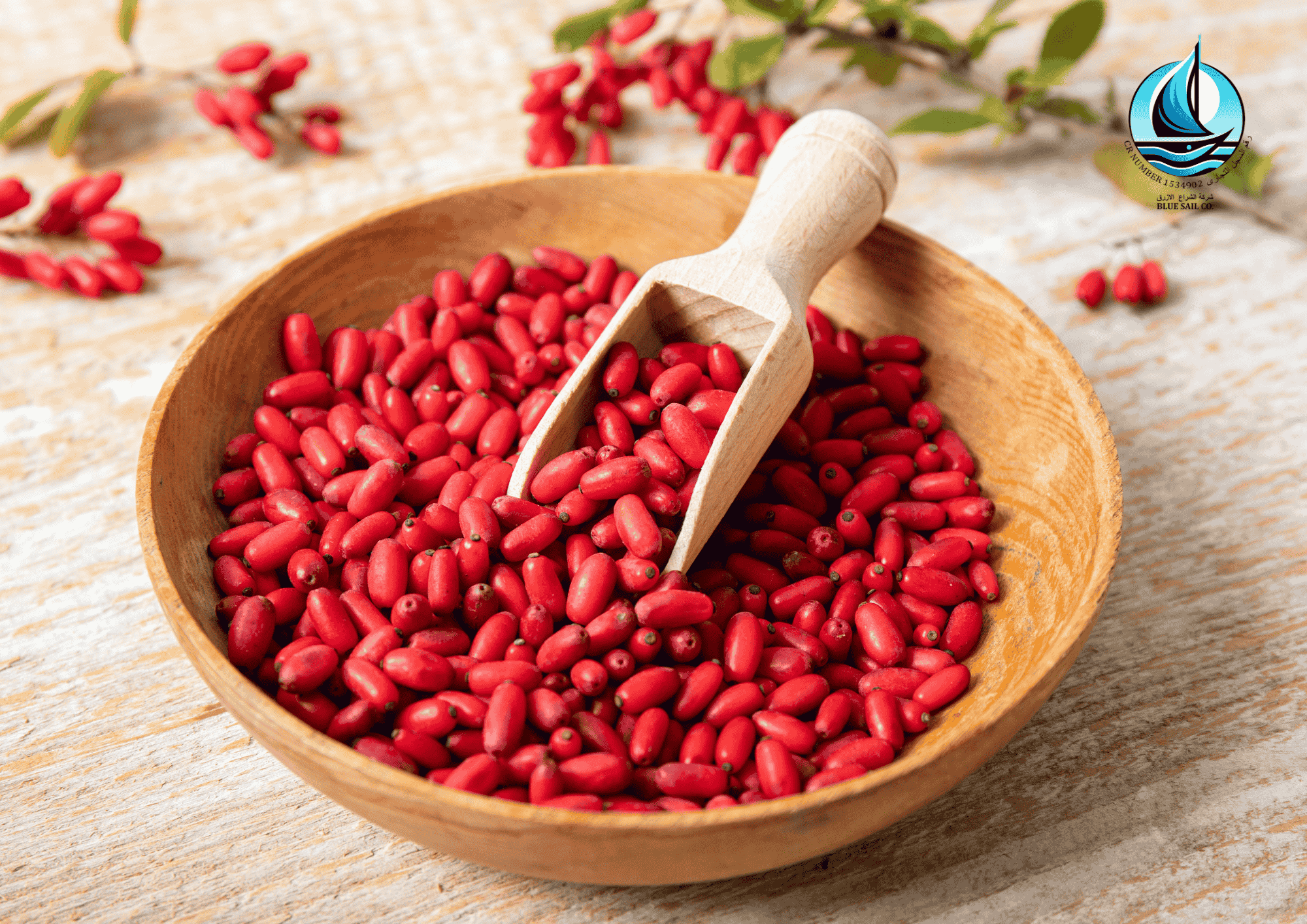Mint, a popular herb cherished for its refreshing flavor and aroma, is a powerhouse of benefits that span culinary, medicinal, and therapeutic domains. Native to the Mediterranean region but now cultivated worldwide, mint belongs to the Lamiaceae family and boasts over 20 species, including peppermint and spearmint. Here, we delve into the incredible properties of this versatile herb.
Nutritional Composition
Mint is a nutrient-rich herb packed with:
- Vitamins: A, C, and B-complex, which support skin health, immunity, and energy production.
- Minerals: Calcium, magnesium, potassium, and iron for strong bones and balanced electrolytes.
- Antioxidants: Compounds like rosmarinic acid that combat oxidative stress and reduce inflammation.
- Dietary Fiber: Aids in digestion and promotes gut health.
Health Benefits
- Aids Digestion: Mint is renowned for its ability to soothe digestive issues. Its natural compounds relax the muscles of the gastrointestinal tract, alleviating indigestion, bloating, and nausea.
- Respiratory Relief: The menthol in mint acts as a natural decongestant, helping to relieve nasal congestion and ease breathing, making it a popular ingredient in balms and inhalers.
- Skin Care: Mint’s antimicrobial and anti-inflammatory properties make it effective in treating acne, soothing irritated skin, and promoting a clear complexion.
- Stress Relief: The aroma of mint has calming properties that help reduce stress and anxiety. Drinking mint tea or using mint essential oil in aromatherapy can promote relaxation.
- Boosts Immunity: Rich in vitamins and antioxidants, mint enhances the body’s defense mechanisms against infections and diseases.
- Oral Health: Mint’s antibacterial properties help combat bad breath and prevent the growth of harmful bacteria in the mouth. It is a key ingredient in many toothpastes and mouthwashes.
Culinary Uses
Mint is a versatile ingredient that enhances both sweet and savory dishes. Popular culinary uses include:
- Beverages: Infuse water, teas, and cocktails for a refreshing taste.
- Salads: Add a burst of flavor to fruit and vegetable salads.
- Desserts: Incorporate into ice creams, cakes, and chocolates.
- Condiments: Blend into chutneys, sauces, or dips for an aromatic touch.
Therapeutic Uses
Mint is widely used in alternative medicine and wellness practices:
- Essential Oils: Peppermint oil is used to alleviate headaches, improve focus, and reduce muscle pain.
- Herbal Teas: Mint tea is celebrated for its calming and digestive benefits.
- Topical Applications: Mint extracts are included in skincare products to provide a cooling sensation and reduce inflammation.
Cultivation and Sustainability
Mint is easy to grow in gardens and pots, thriving in moist soil and partial sunlight. Its rapid growth and perennial nature make it a sustainable herb that can be harvested year-round with minimal environmental impact.
Conclusion
Mint is more than just a garnish or a flavoring agent; it is a treasure trove of health benefits and therapeutic properties. Whether used in your kitchen, medicine cabinet, or self-care routine, mint proves itself as an indispensable herb that enriches our lives in countless ways.

